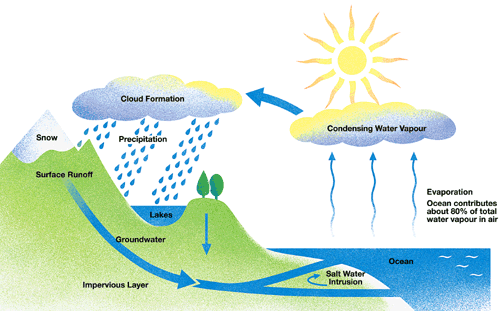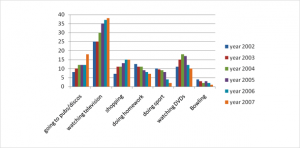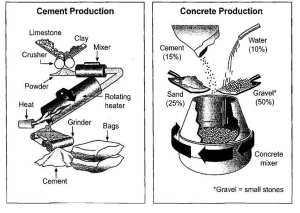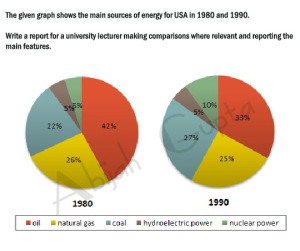IELTS writing task 1 diagrams must be clearly organised with logical paragraphs. This is part of the marking criteria of Coherence and Cohesion which is 25% of your marks. Most IELTS diagrams show a type of process which is divided into stages or given as a cycle. Also remember that writing task 1 is a report, not an essay.
You must organise your IELTS diagram into different paragraphs. Look at the process below and then answer the questions to learn about organising information.
IELTS Water Cycle Diagram:
Source: Diagram not designed by IELTS Liz.
Questions
Learn to analyse and organise your IELTS diagram by answering the following questions:
- How many paragraphs would you have in your report?
- Tips: Never have only one body paragraph.
- What information would you put in each paragraph?
- Tip: Use the arrows and always organise the information logically.
Answers
Read the answers very carefully and look at each point given in the diagram. Click below to reveal the answers:
Answers1. There should be 4 paragraphs for this report.
2. You should put the following information in each paragraph:
- Introduction: You need to introduce the content of the diagram (the process of the water cycle).
- Overview: Put the key stages in this statement (a continual cycle of evaporation, cloud formation, rain and water returning to the sea).
- Body paragraph A: Water in the ocean, evaporation, condensing water vapour and cloud formation.
- Body Paragraph B: Precipitation, rain or snow, lakes, surface run off, ground water, impervious layer and salt water intrusion. You also need to note that at the water cycle starts again as the water returns to the ocean.
- For the body paragraphs, you need to describe each stage in detail using full sentences linked together. You should divide the body into two or three paragraphs for all diagrams.
Example Introduction and Overview
The diagram illustrates the key stages in the water cycle.
Overall, the water cycle is a continual process of water evaporating and forming clouds which then return the water to the land and sea in the form of rain.
- Note: You can see that the introduction is short and brief. You can see that the overview contains the key words as well as the key stages in summary.
- It is possible to put these two sentences into one paragraph.
IELTS Writing Task 1
For writing task 1 model answers and more tips, see this page: IELTS Writing Task 1 Model Answers & Tips
All the best
Liz










